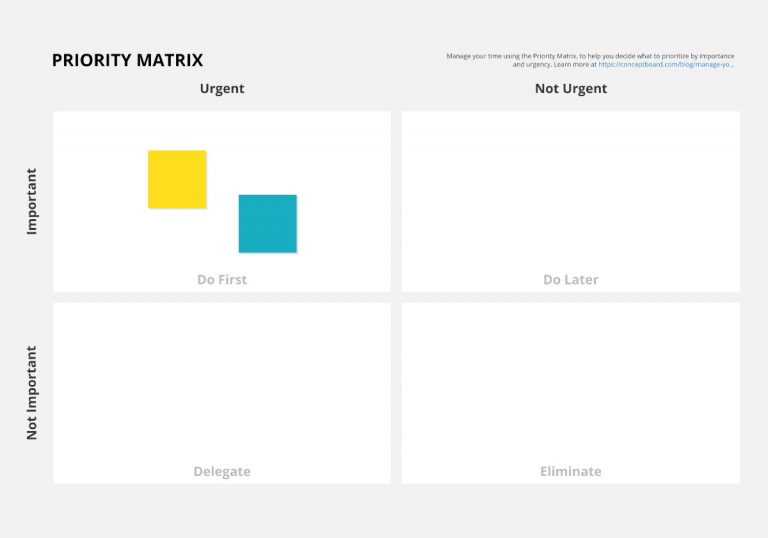

The priority of the incident and how it’s responded to can change during the response process depending on how successful the response is. If the issue remains unresolved, it’s critical to escalate the incident and notify the stakeholders. Considering the error budget and SLA, your team can categorize and respond to high-priority incidents. The team needs to ensure that the error budget (amount of acceptable unreliability of service) is not exceeded and more importantly, the SLA (service level agreement) is not breached. Whenever in doubt about incident priority, always go with high-priority, because erring on the side of caution is better than mistaking a severe incident for a minor one.ĭuring incident response, establishing timelines is critical. However, prioritizing incidents can be challenging. During the incident management process, incidents are prioritized as low-priority, medium-priority, and high-priority based on the aforementioned factors. In many organizations, incident management is the responsibility of SREs (Site Reliability Engineers). This classification will allow you to determine who is required to respond and what resources are necessary. The most common use of an incident priority matrix is in the incident management process where incidents are classified according to their severity and the area of service affected. Incident Priority Matrix in the Incident Management Process

If both urgency and impact are low, then the incident is assigned a low priority (P4 or P5). In the matrix, we map out various incidents according to their impact and urgency, and a priority class is automatically assigned. The best way to map out incident priority is in an incident management matrix. It isn’t about an objective priority level, but what’s the highest priority among your options. However, the actions are not set in stone and will change with the situation and context. It defines the actions you will take in a particular situation. It’s important to remember that priority is relative.

You start by calculating impact and the urgency, and assign the incident a priority value. When you consider the impact and urgency of a situation, you can easily assign priority and assign adequate resources. Incident priority is defined as the intersection of impact and urgency of an incident. Number of IT systems or services involvedĬategories of Impact in an Incident Priority Matrix.Loss of revenue or cost incurred in incident resolution.Factors to Determine the Impact of an Incident Impact can also be understood as severity. Therefore, a high-impact incident is one where many users are impacted, they completely lose the ability to use the service, and their service use contributes significantly to business needs. The impact of an incident is proportional to the number of users that were impacted, how badly they were impacted, and how important they are as users. These impacts on business are due to the incident causing downtime, loss of data, or other issues causing customer pain. A loss of revenue or customers following an incident are negative effects.

The impact of an incident is defined as the measure of the effect of an incident, change, or problem on the day-to-day business of an organization. “Urgency” is a measure of how quickly a resolution is required. “Impact” is a measure of the extent of an incident and the potential damage it can cause. What is an Incident Priority Matrix?Īn incident priority matrix is a method of prioritizing incidents based on their impact and urgency.
#The use of priority matrix in organisations how to#
Curious about the incident priority matrix? We discuss how to determine the impact and urgency of an incident, and how to create a matrix that helps prioritize incidents.


 0 kommentar(er)
0 kommentar(er)
